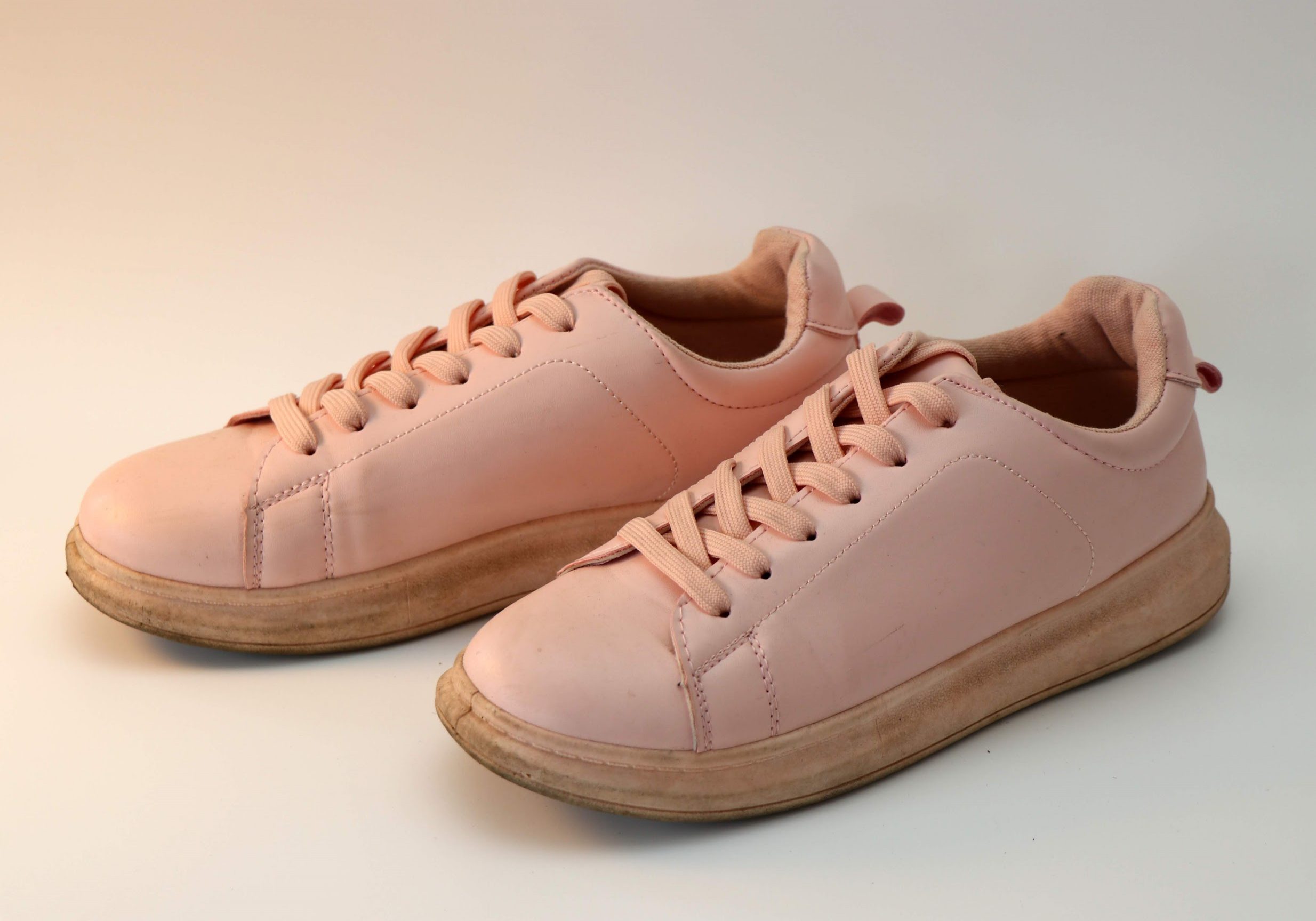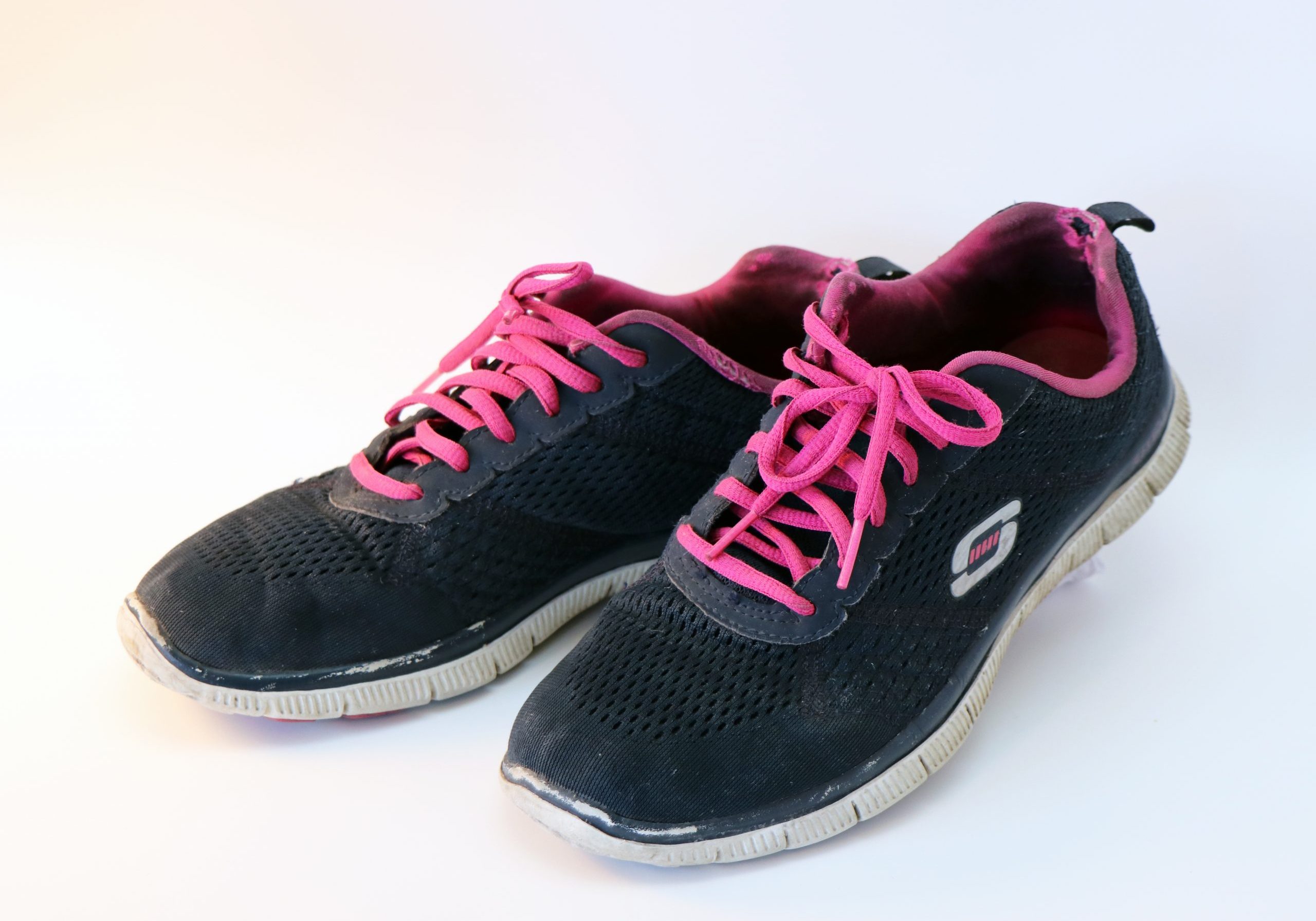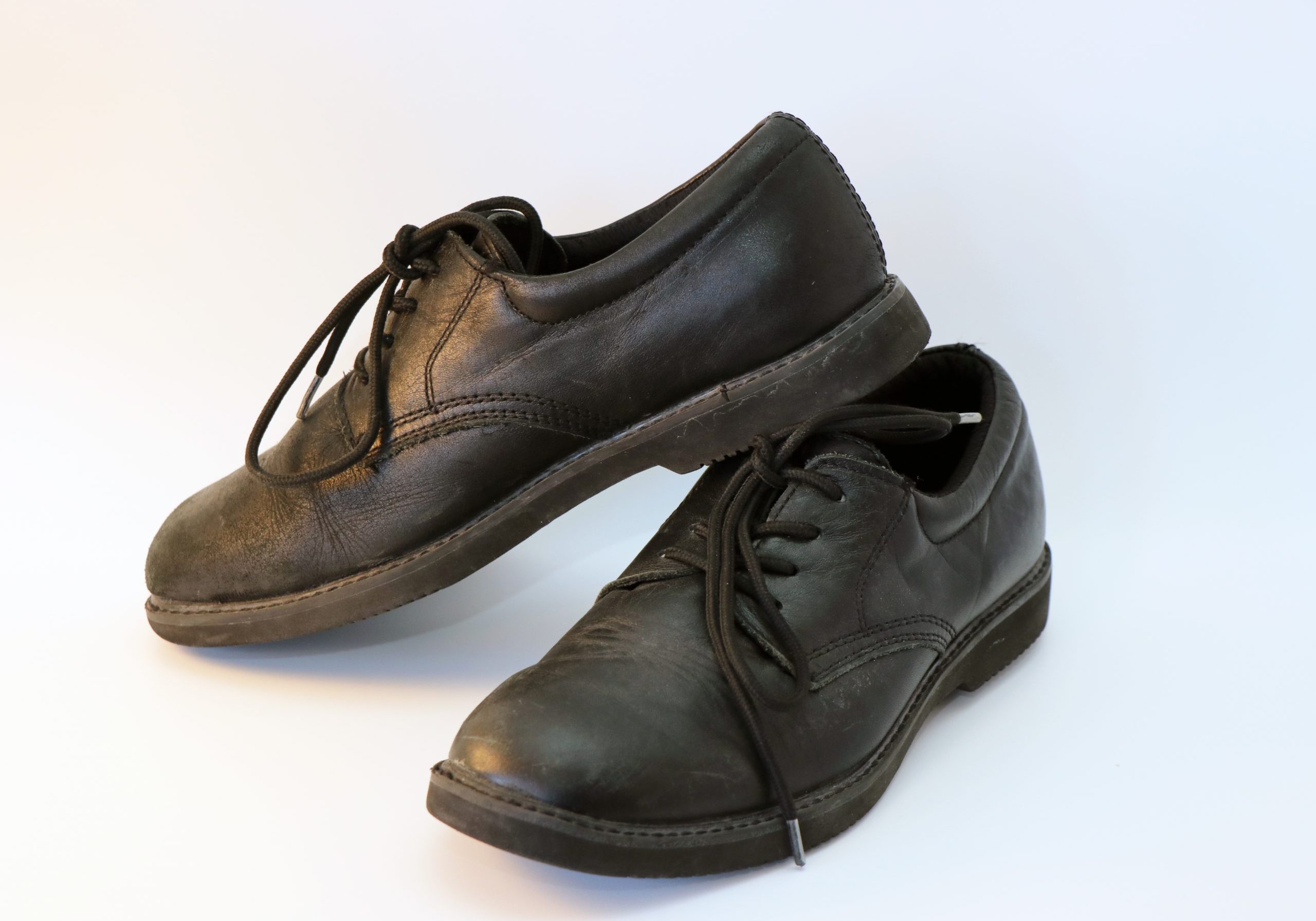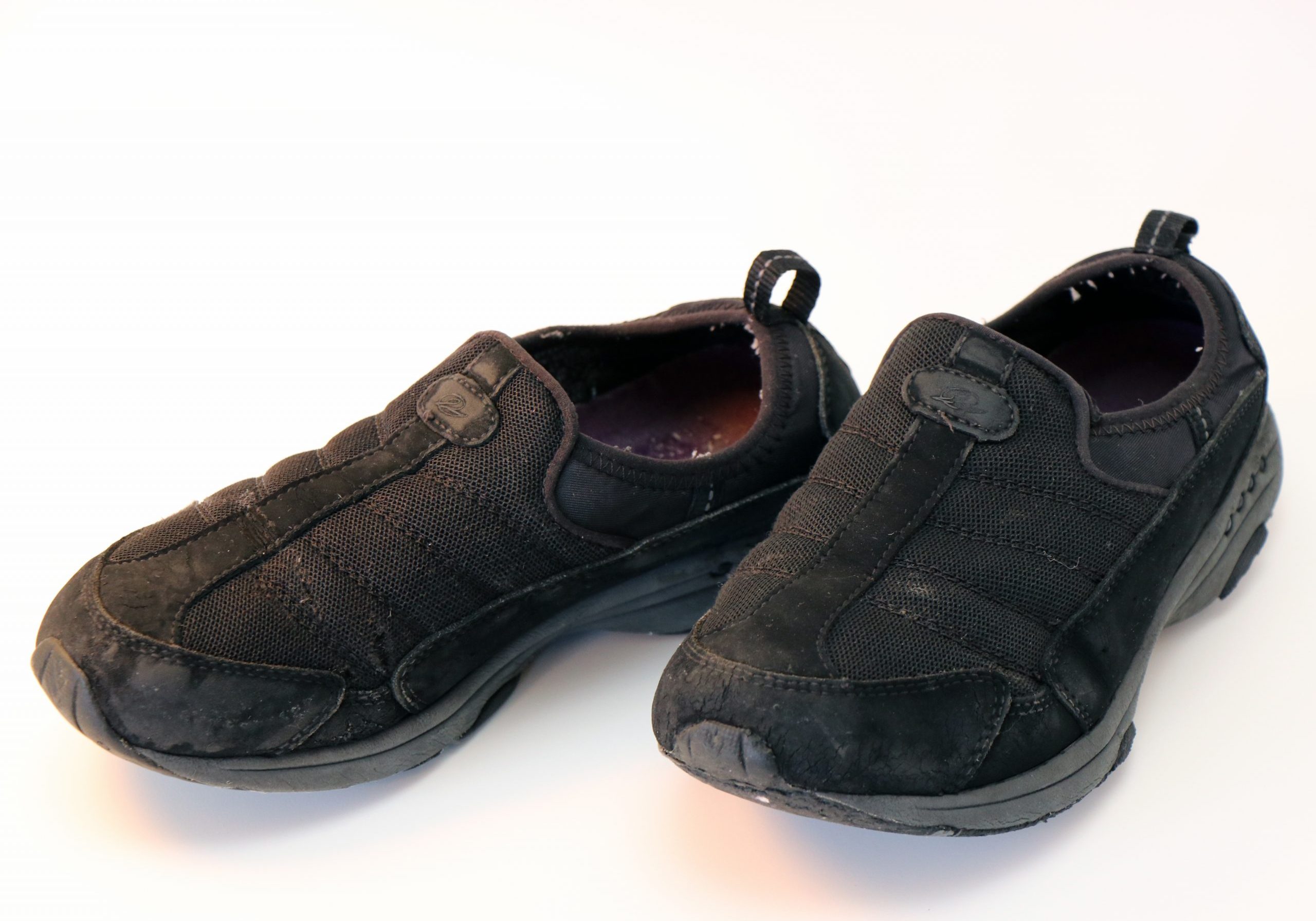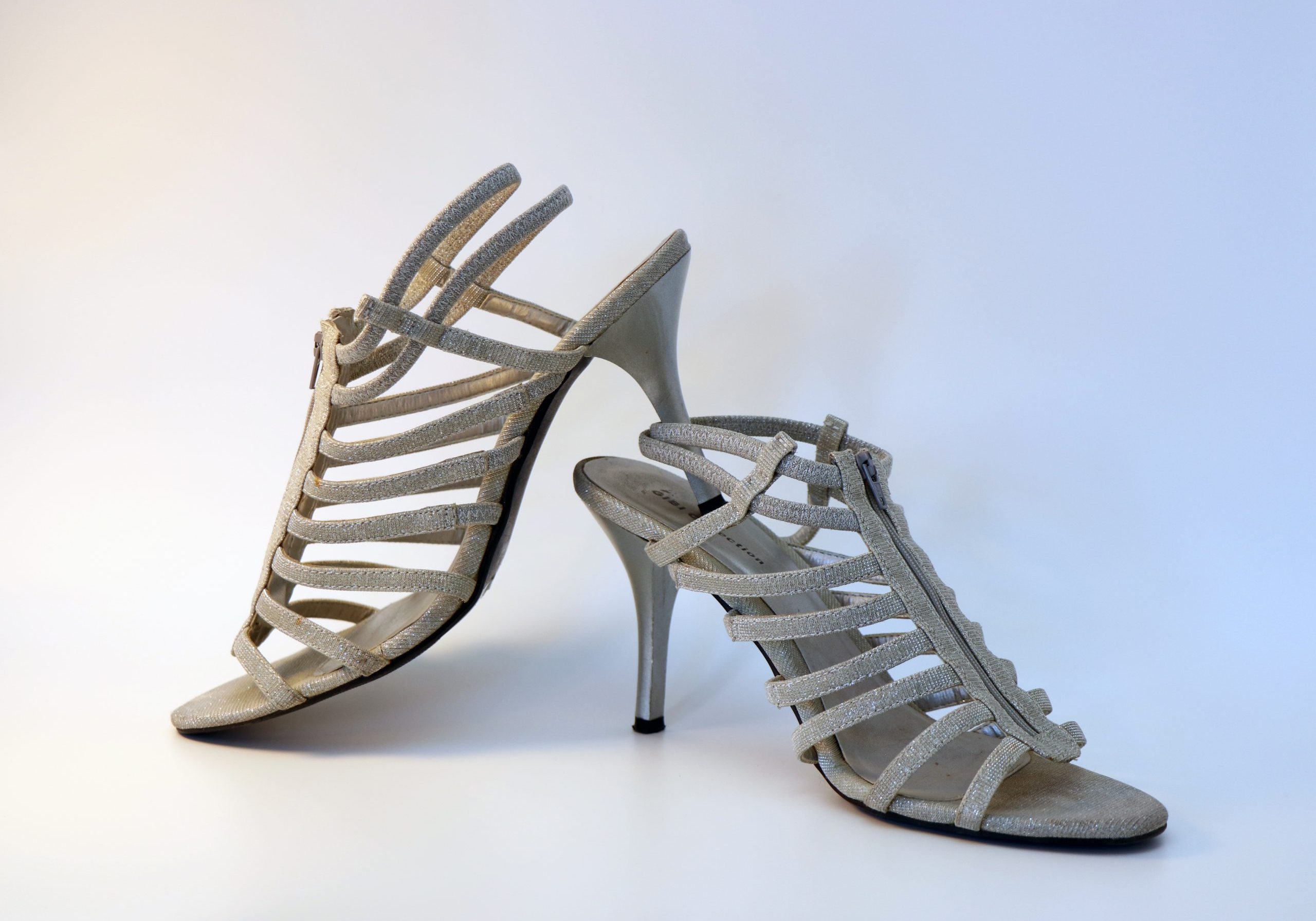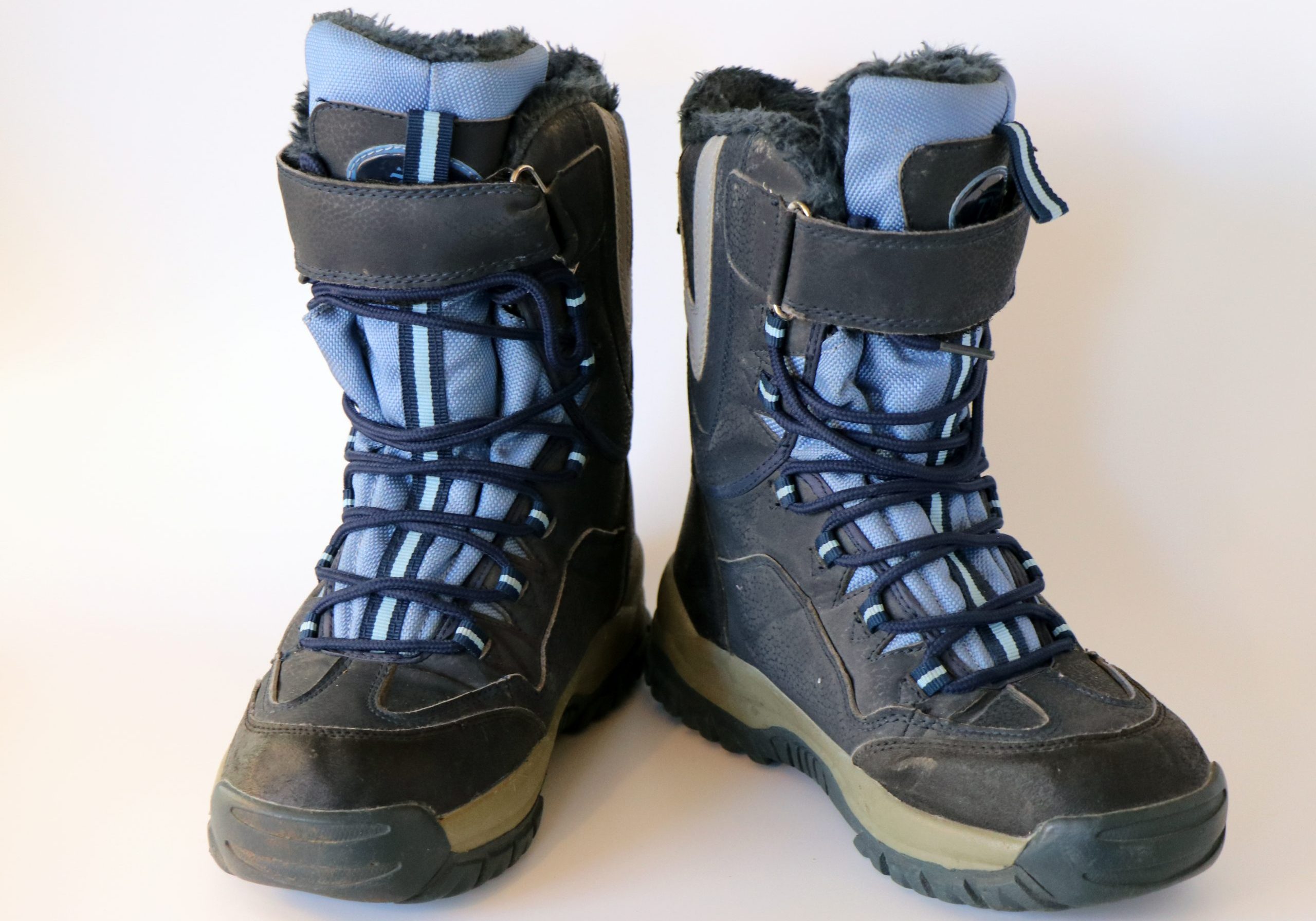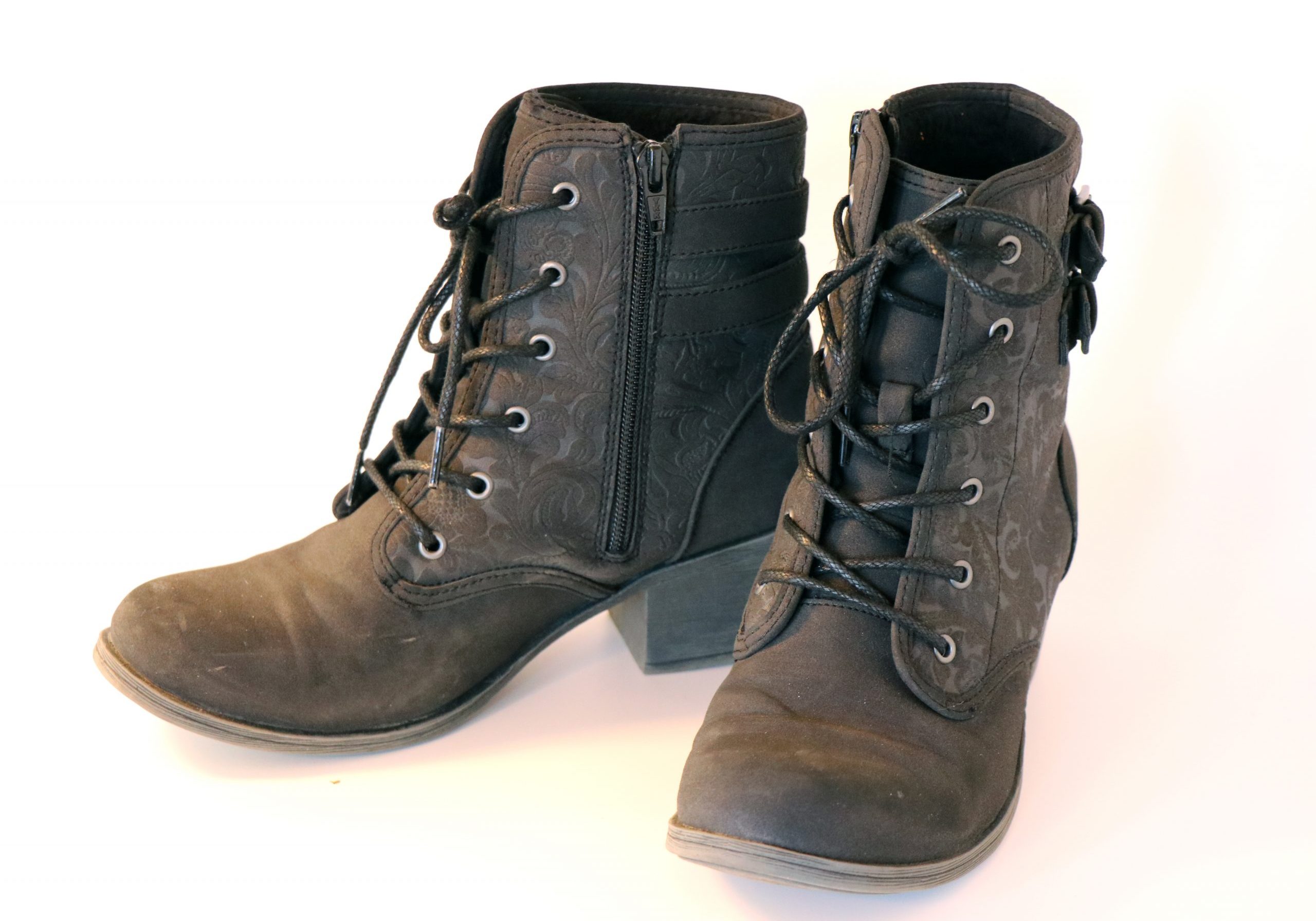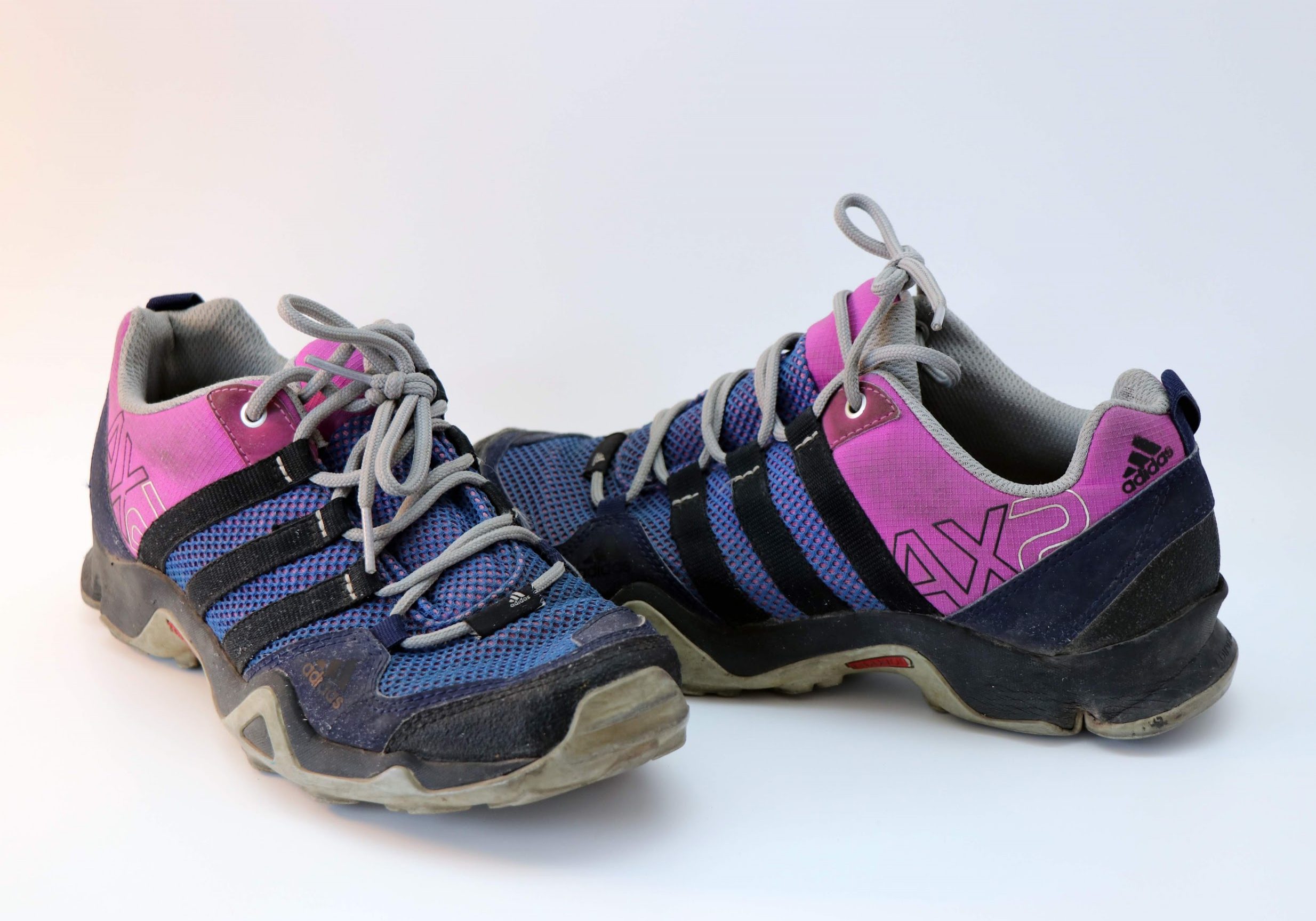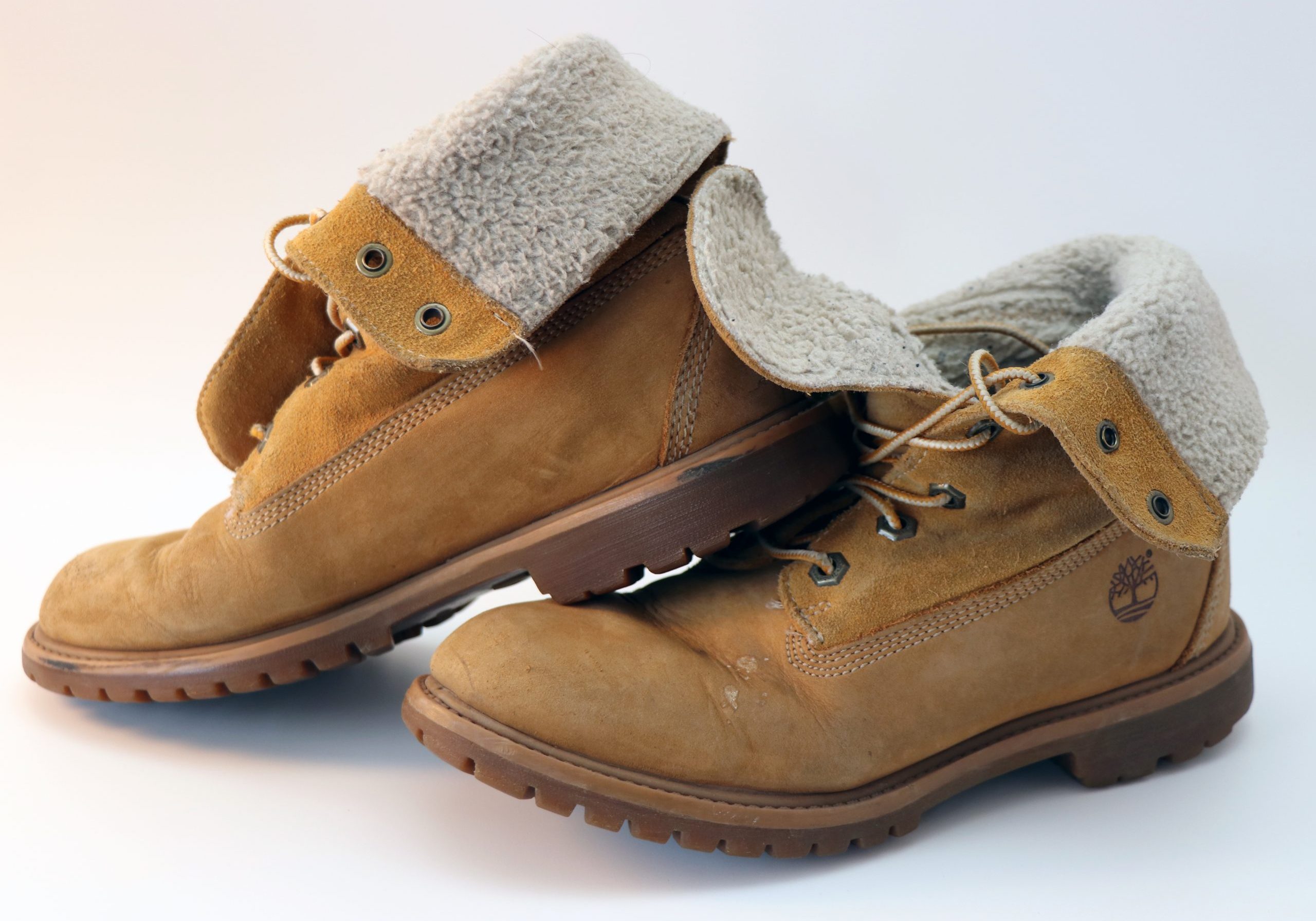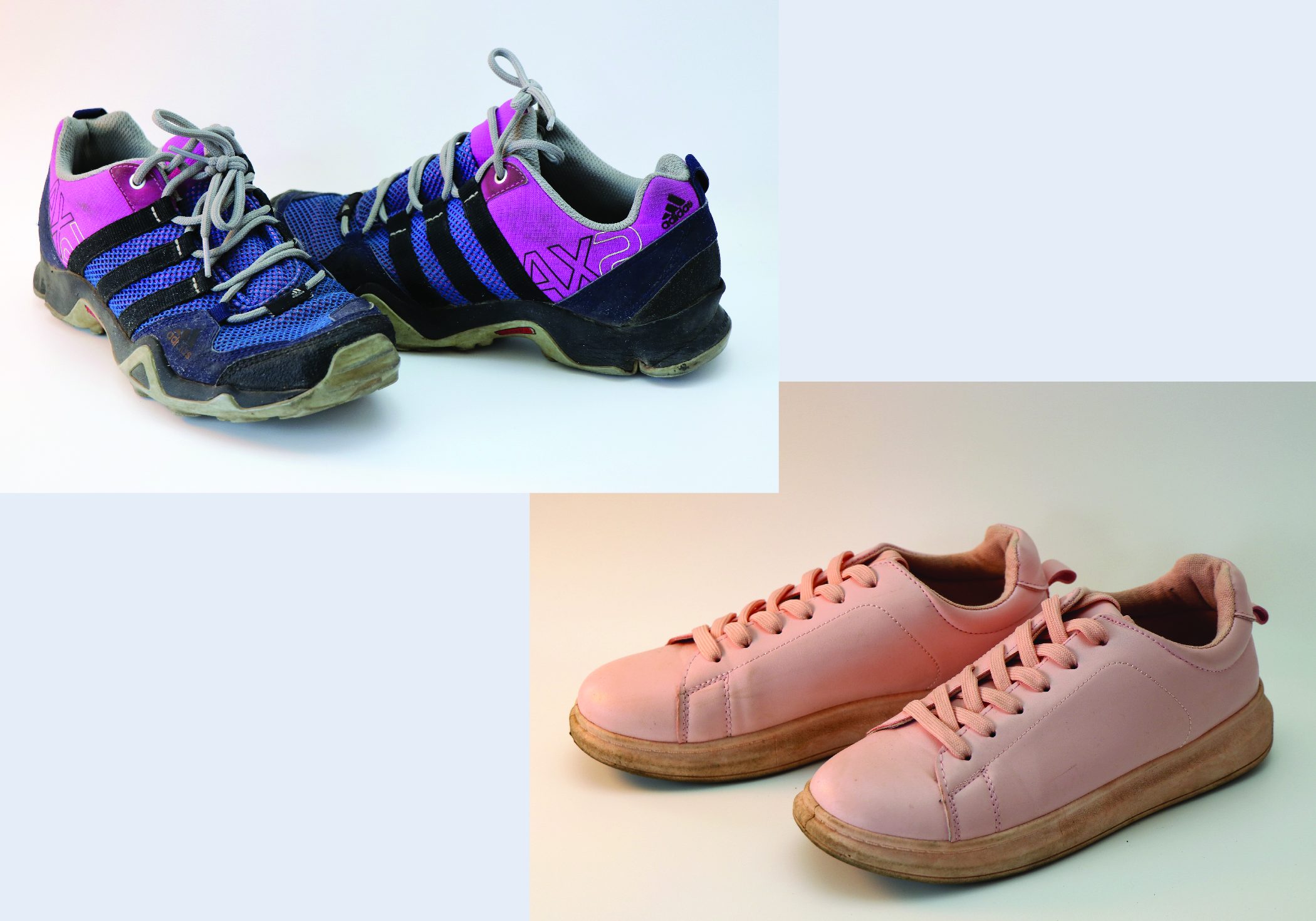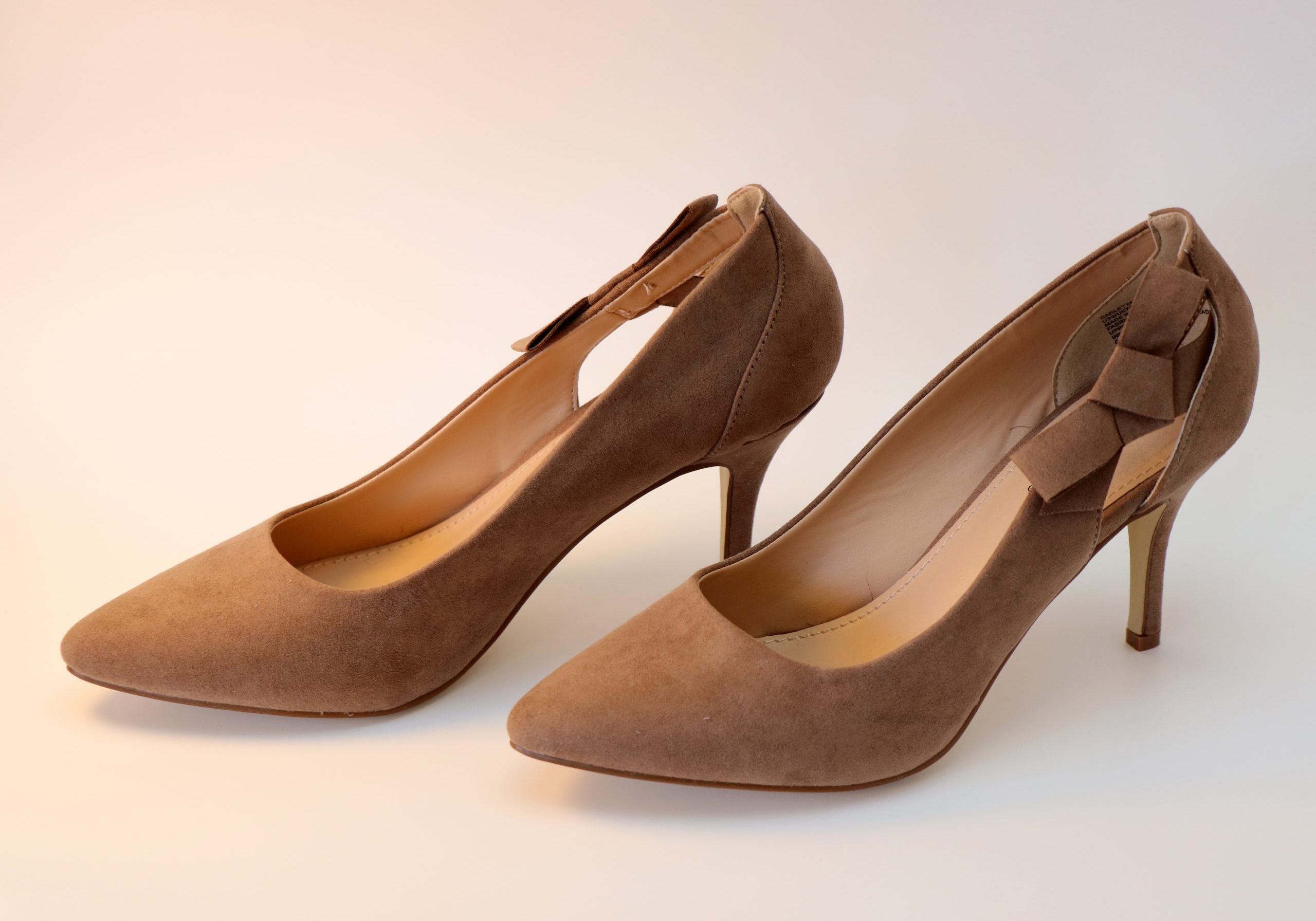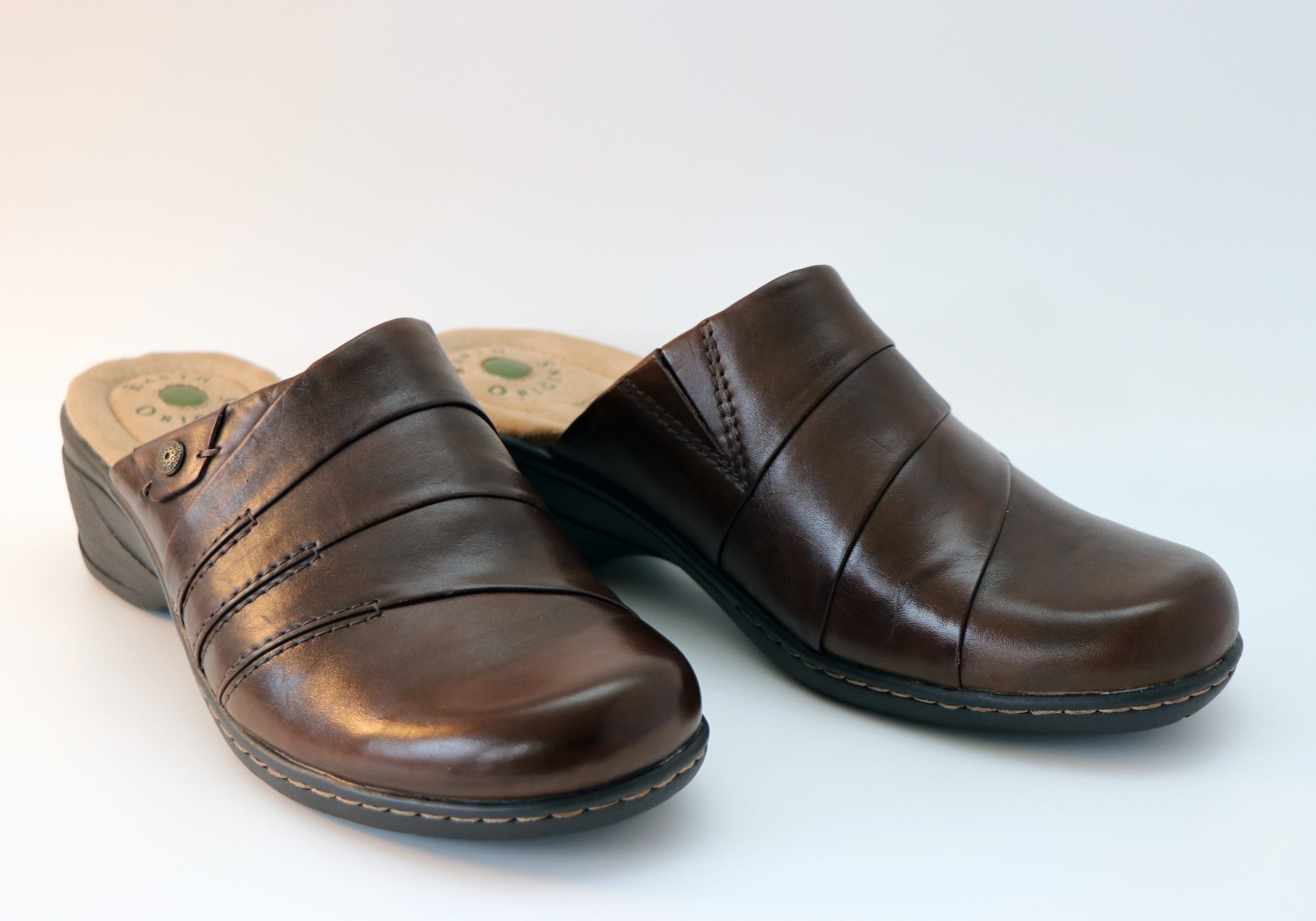Citizen of Nowhere: My Shidas and I
Semhar Abraha
Summary:
Semhar Abraha was born as an Eritrean refugee in Khartoum, Sudan. Her father introduced her to their Eritrean heritage through shidas – Eritrean sandals. Through the shidas and NGO work in refugee camps, Semhar embraced her Eritrean identity, even though she had never been there.
Will Semhar’s shidas continue to inspire her in Canada?
Story:
I was born in Sudan, a second-generation Eritrean refugee, without citizenship. Growing up, I was discriminated against, not because of my colour or gender but because of my Christian religion and Eritrean heritage. My family did not tell me about discrimination; I learned first-hand what it meant to have no citizenship. I couldn’t get a passport, health card or even a driver’s license.
Instead of speaking about it, my loving family respected differences and fought through the situation. My father taught me all about my Eritrean roots and insisted on me wearing ugly black Eritrean sandals. They are called “shidas.” They were worn by Eritrean freedom fighters in their 30-year fight for independence. They are good in the heat and cheap to mass produce. The shida symbolizes strength, tolerance and resilience.
One day my dad told me about Eritrean female fighters who stood in war lines equally with men, fighting for freedom. He said, “Women are capable of doing anything. The only constraint to your success is your mind.” When he handed me the shidas, he told me to be strong, just like the fighters. My dad wanted my five sisters and me to be fighters, not in wars or revolutions, but fighters for our rights and education. After all – he had six daughters in one of the worst countries for women’s rights.
I was enthusiastic about colour, so I asked my dad if the shidas came in different colours. He laughed and said, “You will be one of the people who will bring colours to the shidas.” Later on, I understood he meant more than just shoe colours. Not only would shidas change the way I see things and make me strong, but I would also bring my identity to whatever shidas I wore.
As a young woman in Sudan, I worked with NGOs to tackle the immigration issues faced by my people. In the many refugee camps, I saw my Eritrean people struggling, which made me feel sad for them and their unfair life. Most Eritreans speak only Tigrinya, our language. Because they can’t communicate in Arabic, everything in Sudan, from finding food to personal safety, is problematic. I decided to fight for them, against poverty, ignorance and discrimination. Many Eritreans fall into the hands of human traffickers when they try to cross the border to Sudan and are subjected to torture and rape. When families are unable to pay the ransom, their kidnapped relative might be killed and their organs harvested.
In the camps, I wore black shidas. The Eritreans recognized me by them and felt that I was someone who would understand them because our Eritrean shoes spoke the same language. I was thankful to my father for insisting that I wear the shidas that I once hated.
In 2017, I moved with my family to Canada to get a better life. To me, a better life means enjoying
my shidas, but they are not so useful here in the snow. I miss the warmth and smell of Africa. I miss being in Khartoum, Sudan, where the Blue Nile and the White Nile merge to form the mighty Nile river. And yet, wherever I am, shidas will forever express my heritage, strengths, and, most importantly, my Eritrean identity.
When it is warm enough in Calgary, I do wear shidas. As my dad predicted, I have brought my individuality, my colour, to them. My shidas are blue—the colour of Alberta’s sky.
SEMHAR ABRAHA is a certified interpreter and professional translator from Eritrea. After high school, she served as an immigrant liaison for non-governmental organizations to help the refugee crisis in Sudan. She attended Ahfad University in Omdurman, Sudan. In 2017, she moved to Canada with her parents and two of her five sisters and studied international relations at the University of Calgary.
